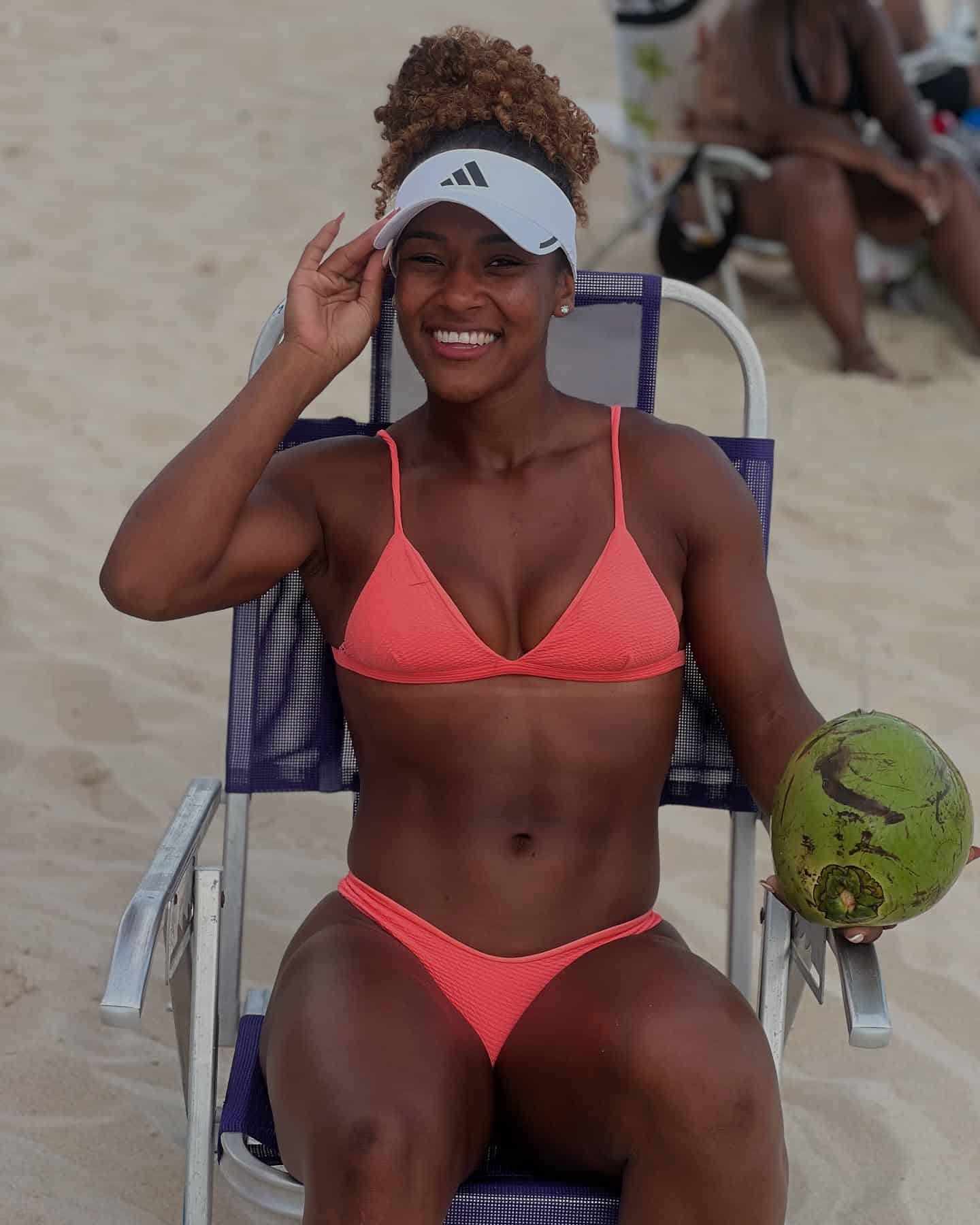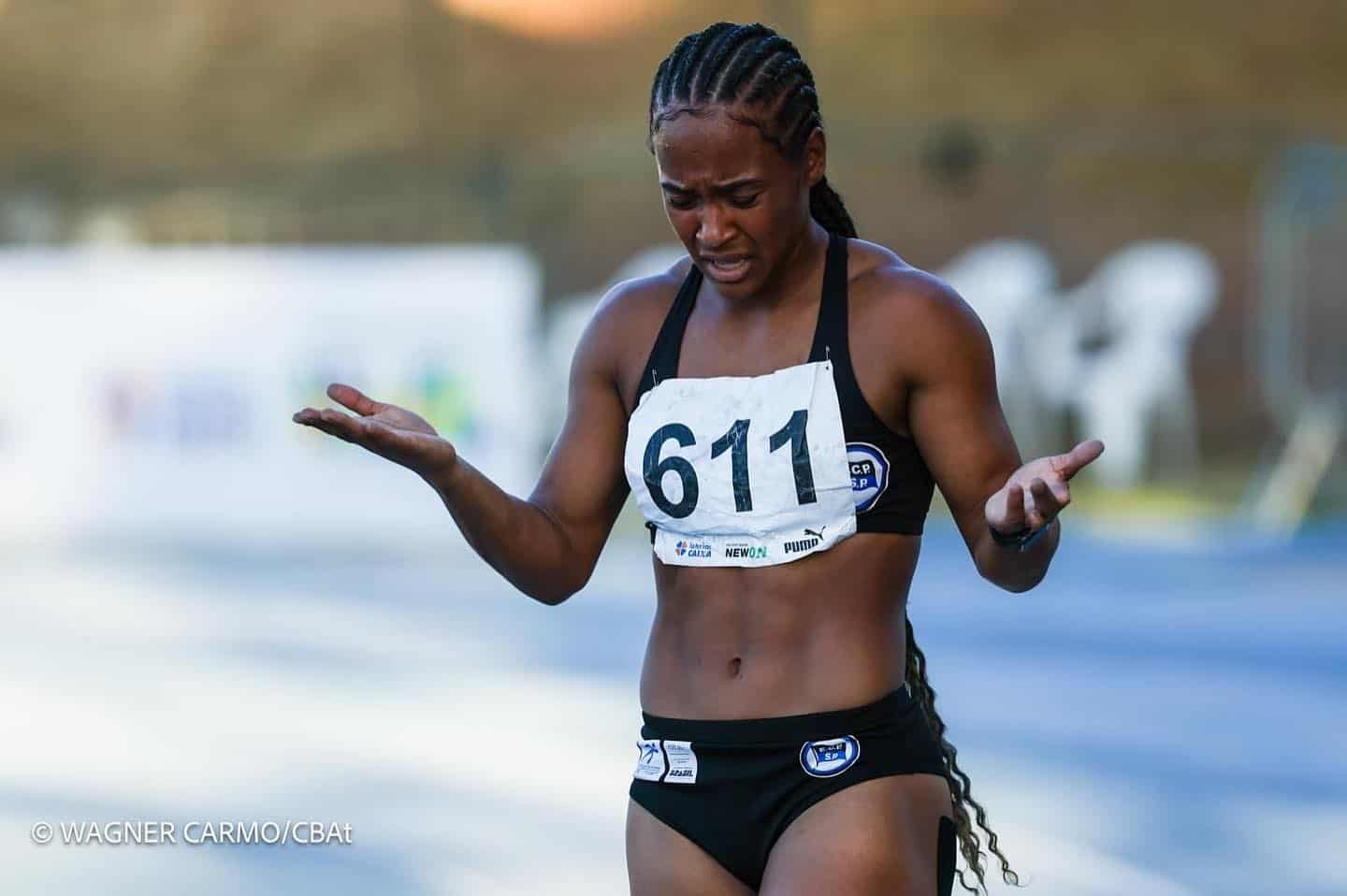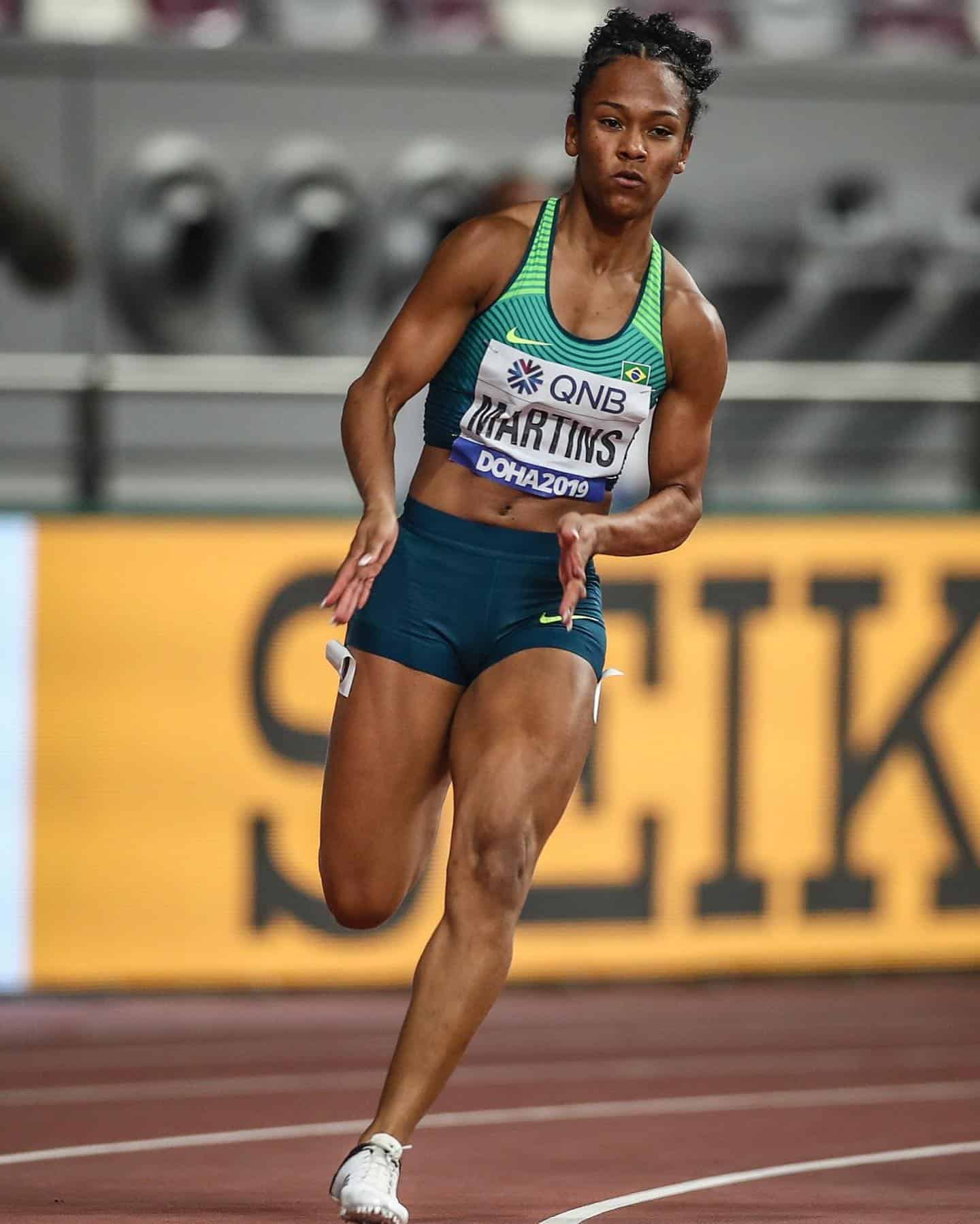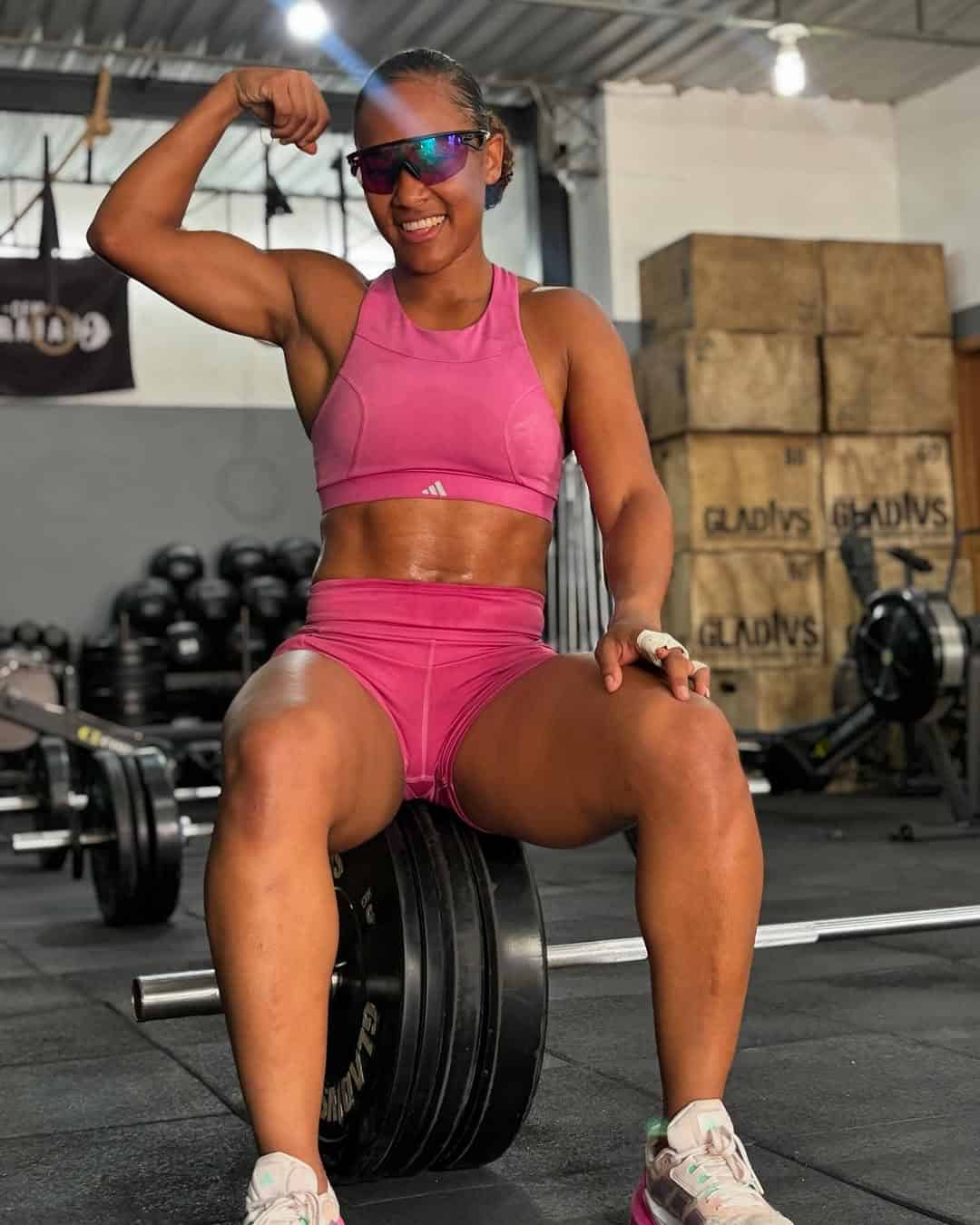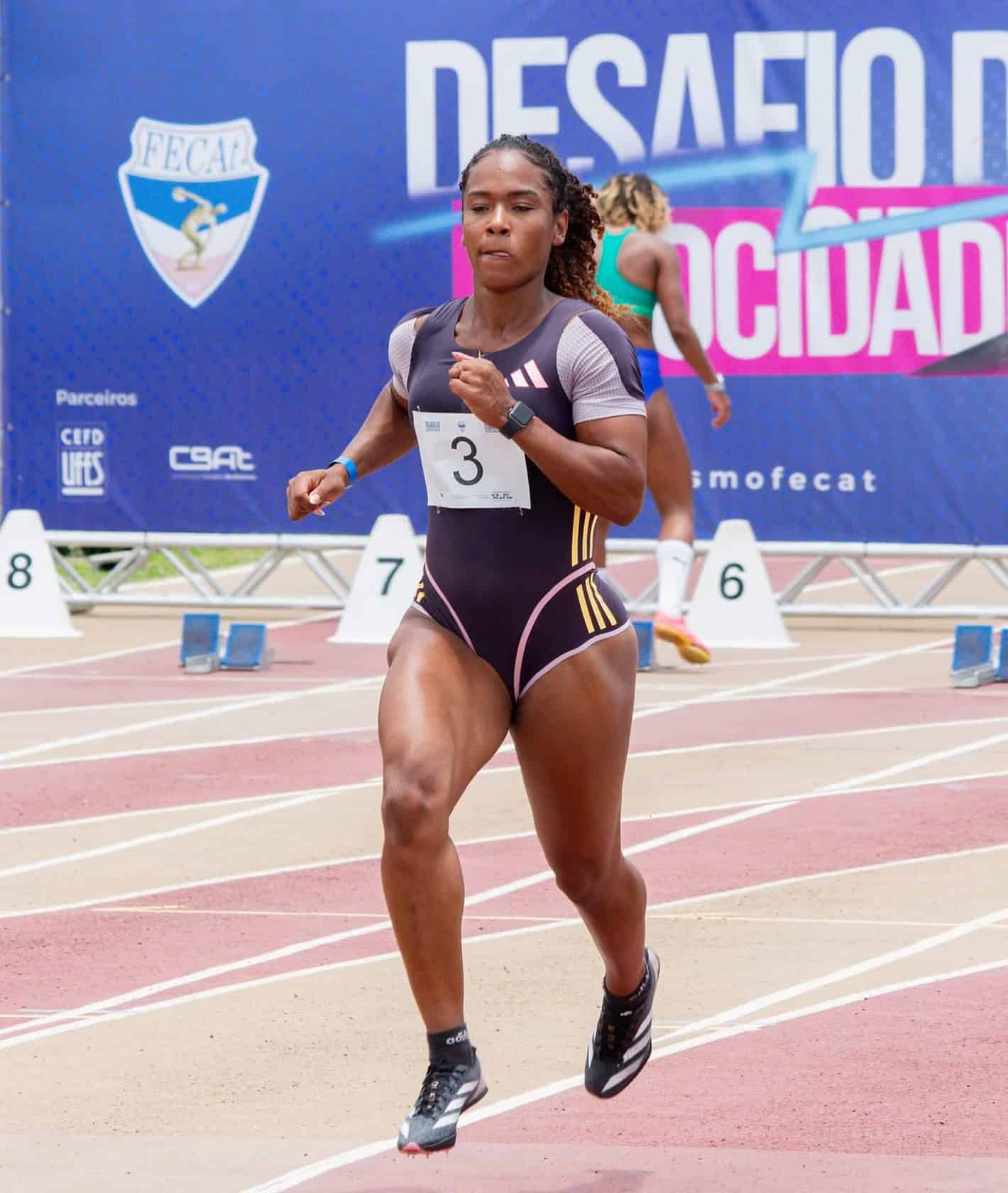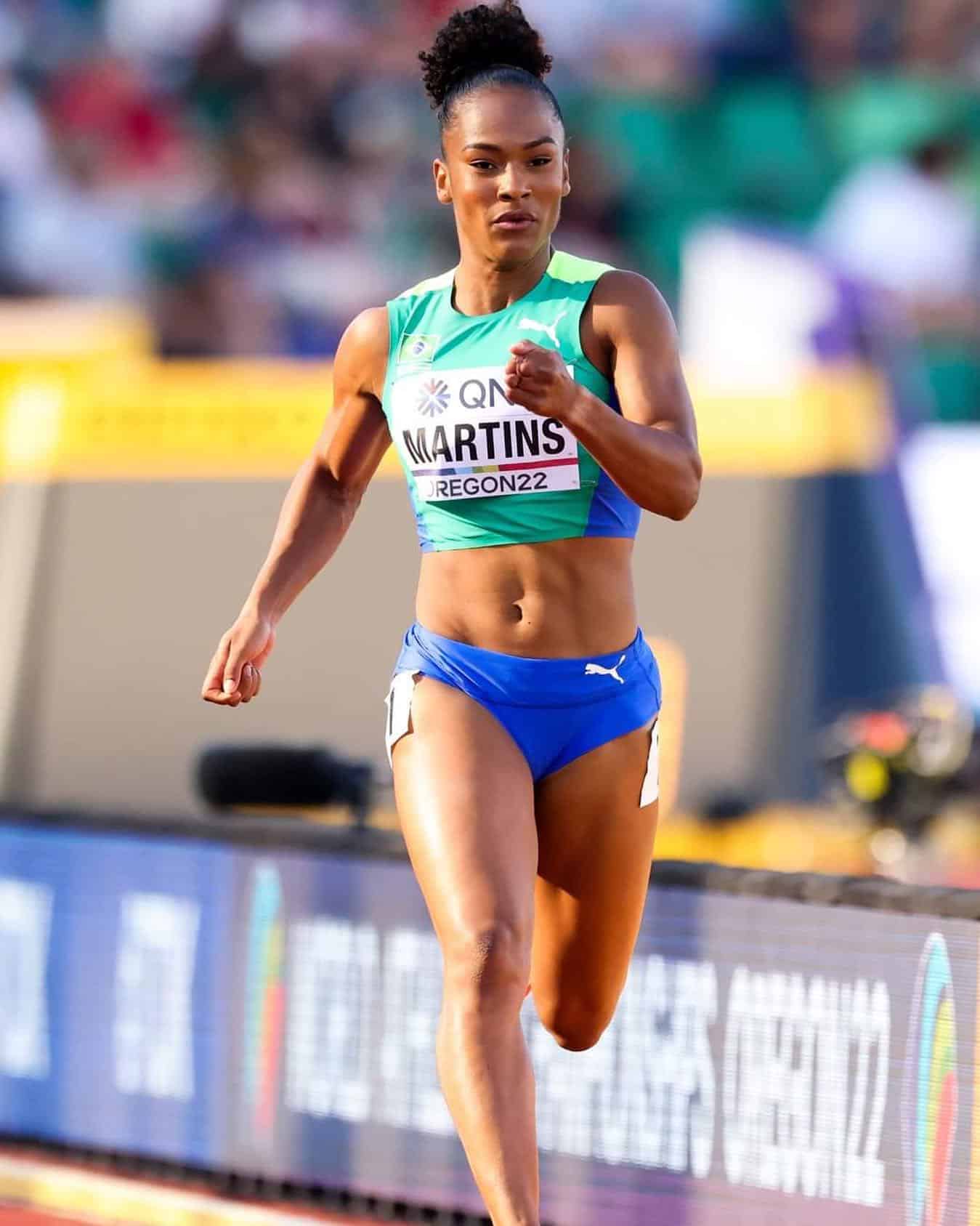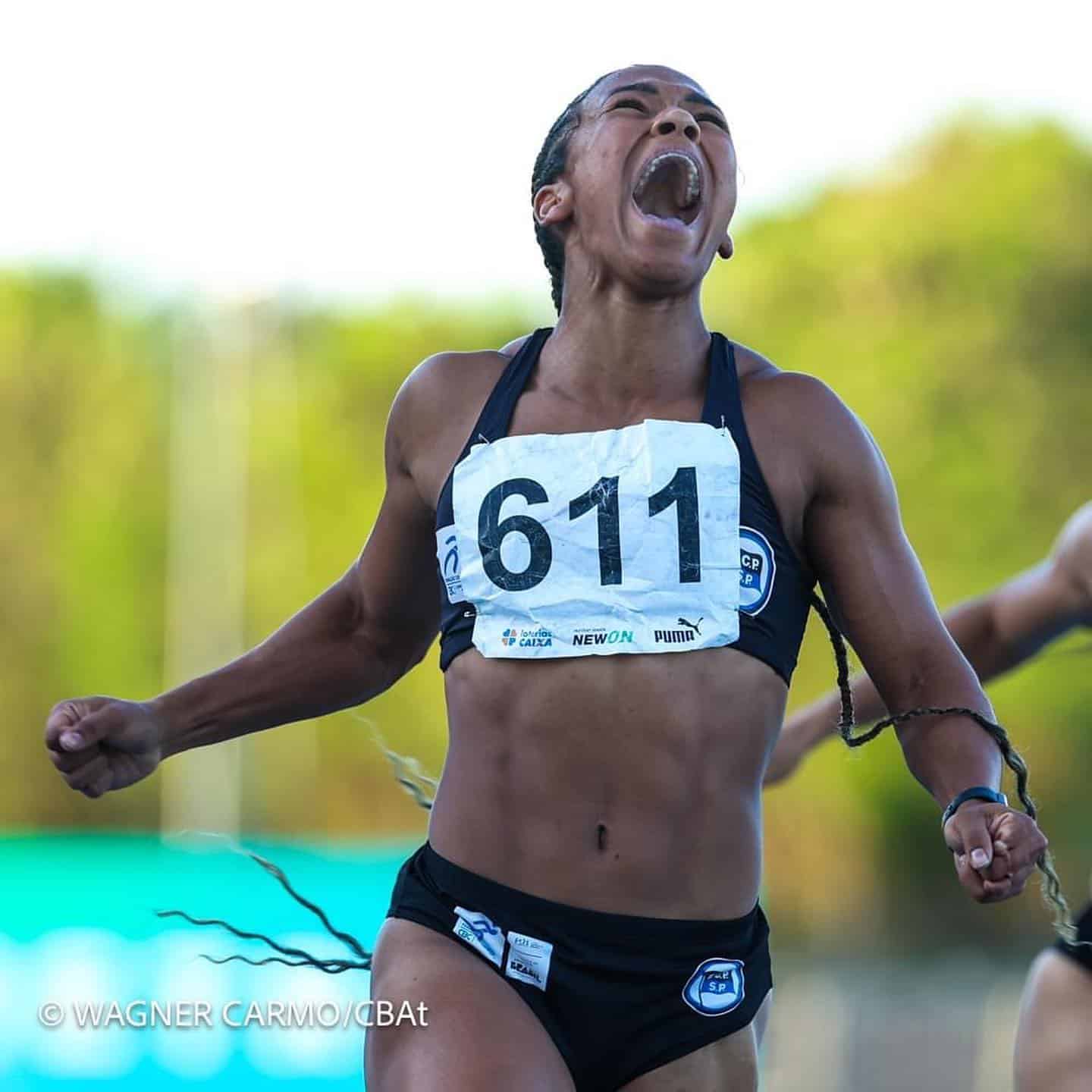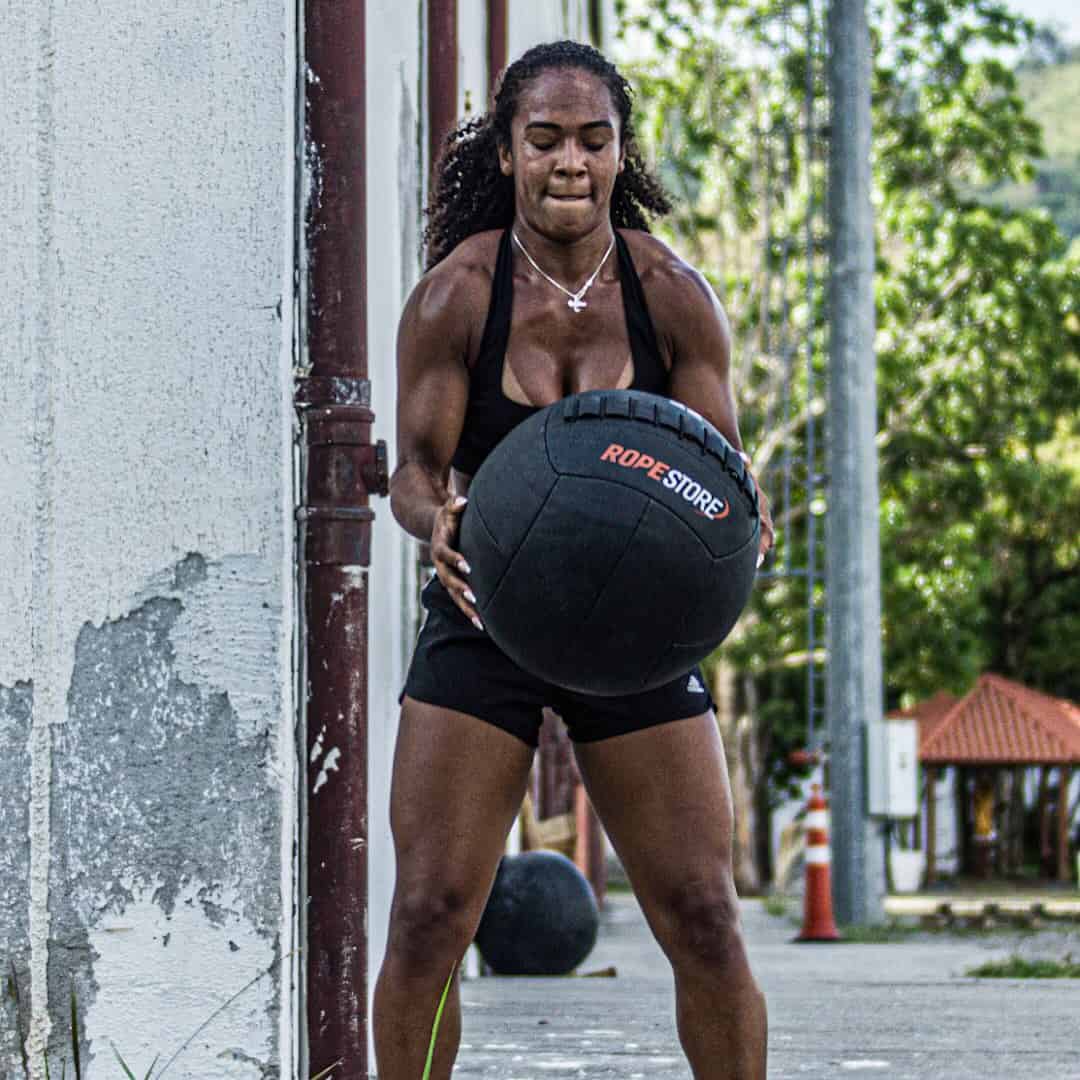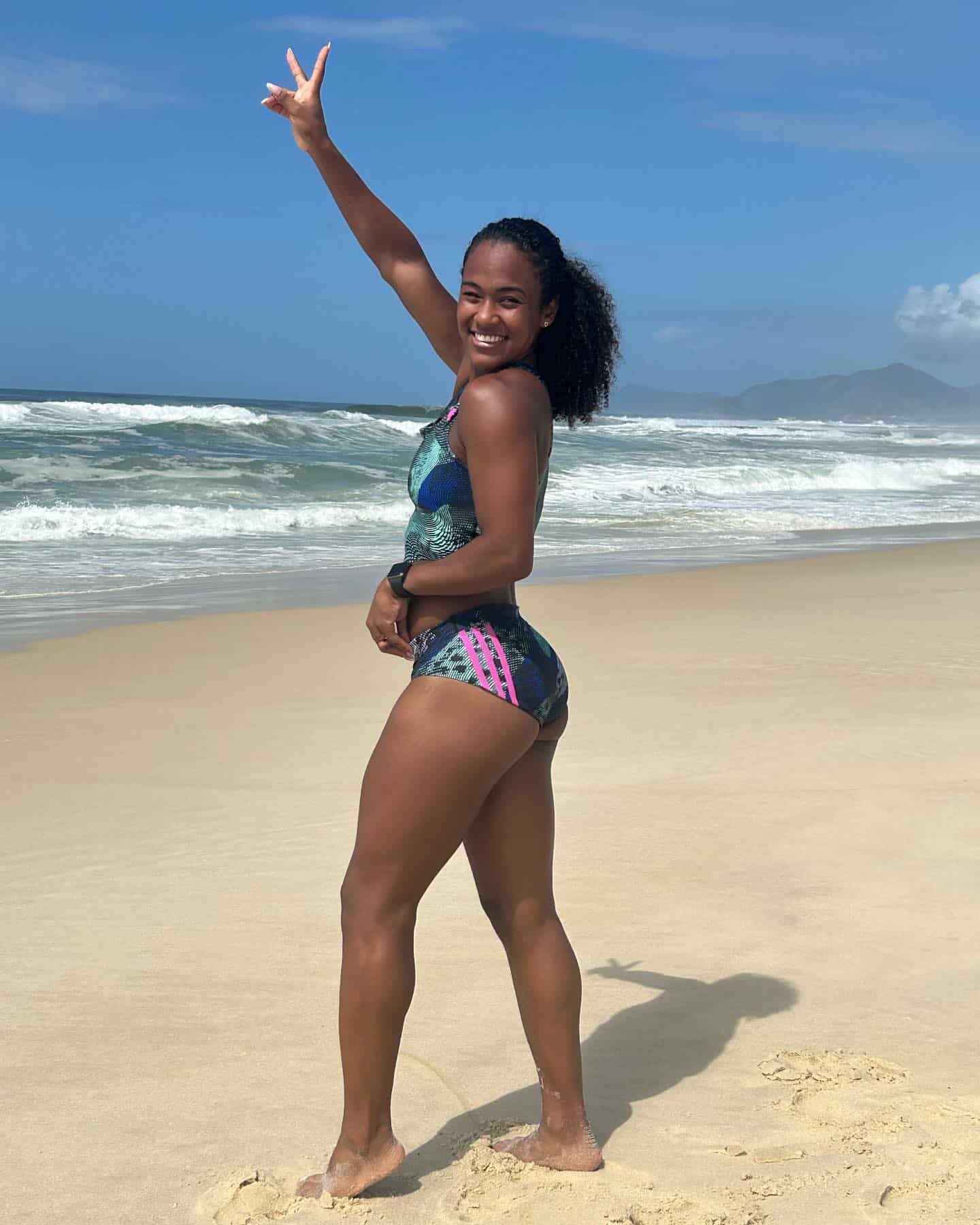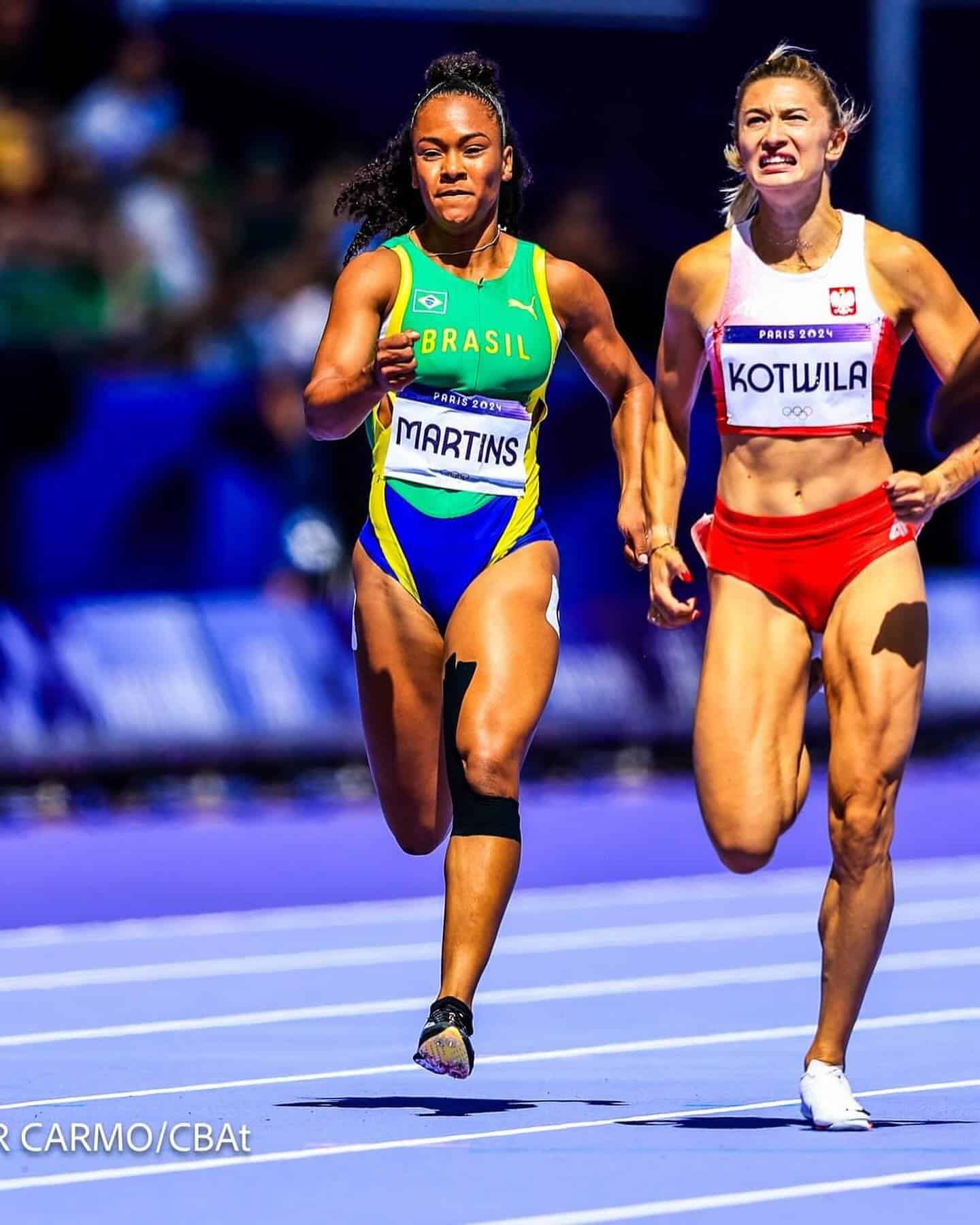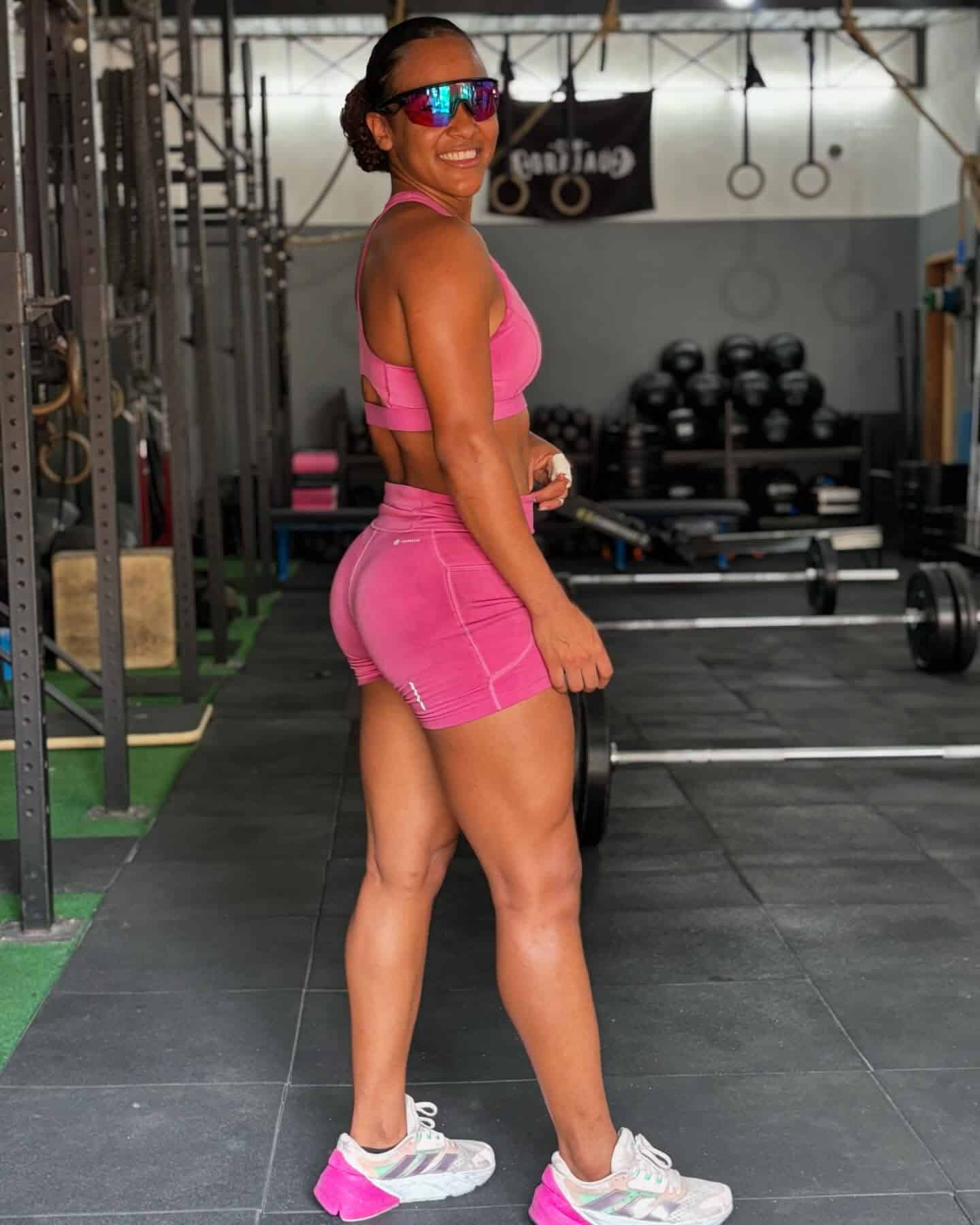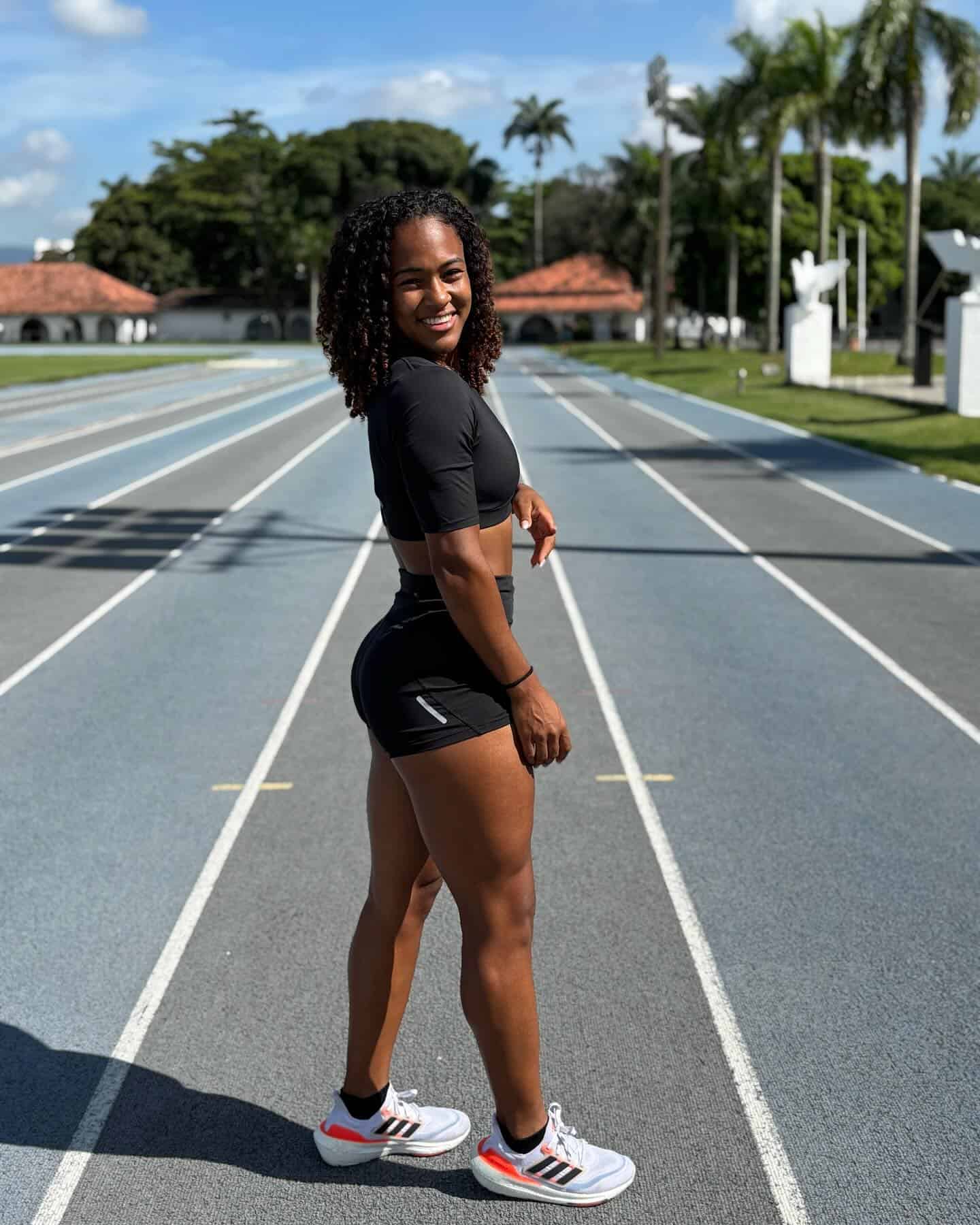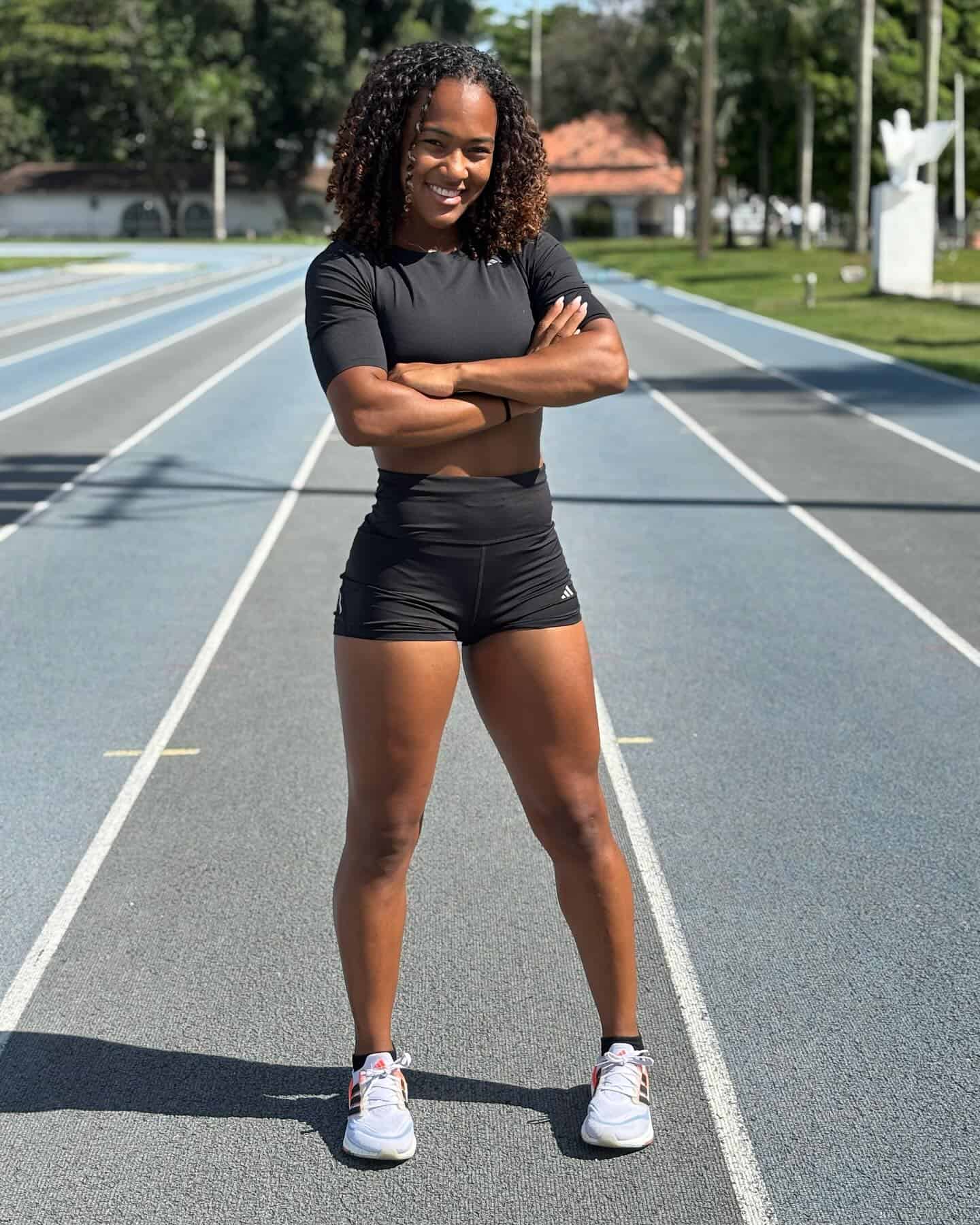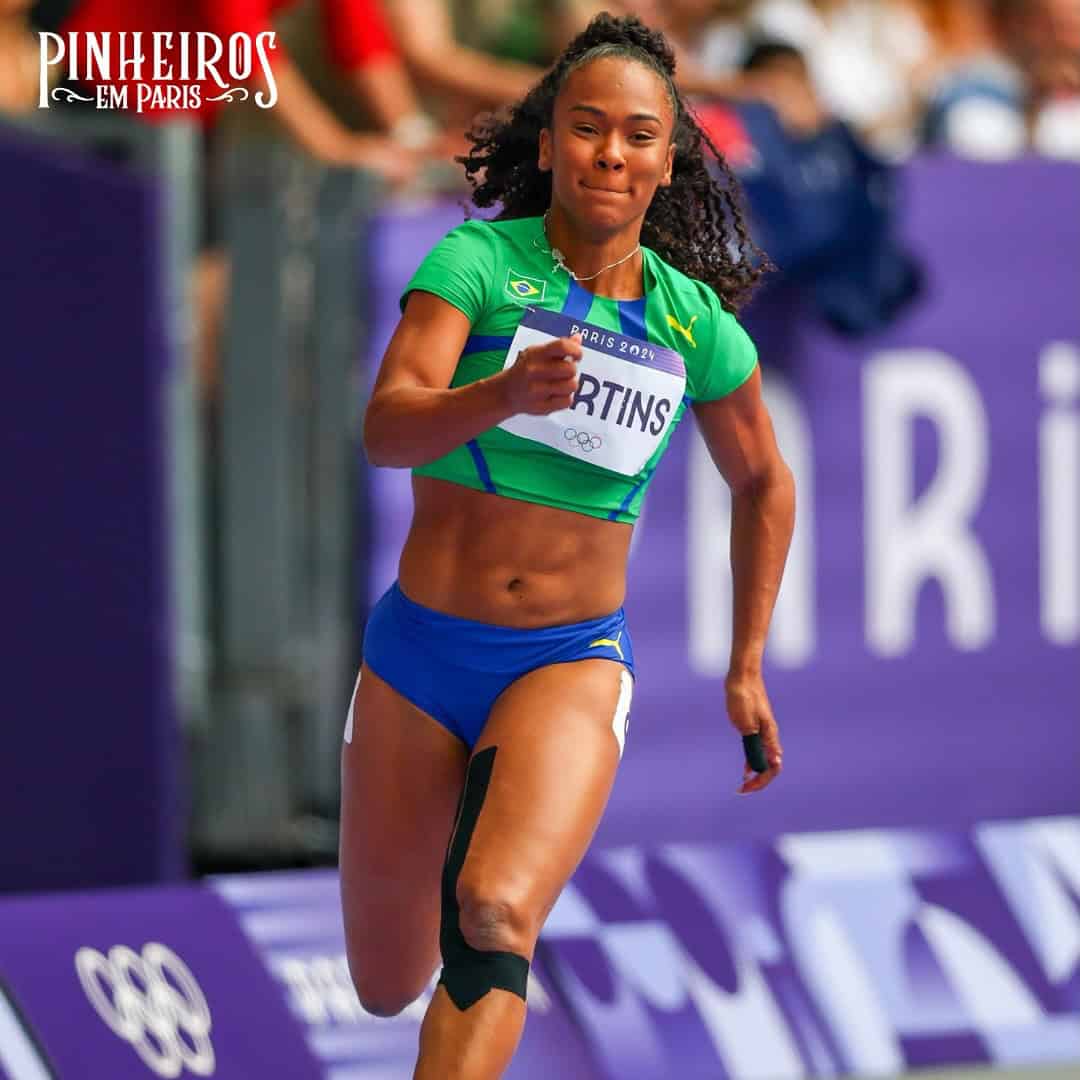Lorraine Barbosa Martins: A Comprehensive Biography of Brazil’s Resilient Sprint Star
Lorraine Barbosa Martins, born on 4 April 2000 in Rio de Janeiro, Brazil, has emerged as one of South America’s most formidable sprinters, specializing in the 100-meter and 200-meter events. Overcoming congenital physical challenges and personal adversity, she has claimed continental titles, set national records, and represented Brazil at multiple Olympic Games. This report traces her journey from grassroots beginnings to international prominence, examining her technical evolution, competitive milestones, and enduring impact on Brazilian athletics.
Early Life and Introduction to Athletics
Childhood Challenges and Initial Forays into Sport
Lorraine’s early years in Santa Cruz, a neighborhood in Rio de Janeiro’s Zona Oeste, were marked by both athletic curiosity and social hardship. Born with a congenital absence of the index and ring fingers on her left hand, she faced bullying but discovered solace in street soccer and handball13. Her trajectory shifted at age 12 when a physical education teacher at the Vila Olímpica Oscar Schmidt, a community sports complex, recognized her explosive speed during school races513.
Navigating Personal Tragedy
In 2013, Lorraine’s brother was killed due to involvement in drug trafficking, a loss that deepened her resolve to succeed in athletics as a means of supporting her family13. This period solidified her mental resilience, a trait that later defined her career during high-pressure competitions.
Junior Career Breakthroughs
Continental Dominance (2016–2019)
Lorraine announced her potential at the 2016 South American U18 Championships, winning gold in the 100m (11.78s) and bronze in the 200m3. By 2017, she dominated the South American U20 Championships in Guyana, securing double gold in the 100m (11.42s) and 200m (23.53s)25. Her performances earned selection for the 2017 World U18 Championships in Nairobi, where she placed fourth in both sprints, signaling her capacity to compete globally27.
Transition to Senior Competitions
The 2019 season marked Lorraine’s ascent into elite circles. At the South American U20 Championships in Cali, Colombia, she defended her 100m (11.42s) and 200m (23.53s) titles while contributing to relay victories210. Later that year, she debuted at the World Championships in Doha, albeit failing to advance beyond the heats in the 200m and 4x100m relay25.
Senior Career and Olympic Pursuits
Pan American and Military Success (2019)
Lorraine’s pivotal senior breakthrough came at the 2019 Pan American Games in Lima, where she anchored Brazil’s 4x100m relay team (with Vitória Rosa, Rosângela Santos, and Andressa Fidélis) to gold (43.04s), defeating the United States and Jamaica513. Weeks later, she replicated this feat at the World Military Games in Wuhan, China, further establishing her relay prowess7.
Tokyo 2020 Olympics: Debut Amid Adversity
Selected as a relay alternate for the Tokyo 2020 Olympics (held in 2021), Lorraine observed Brazil’s 4x100m team fail to qualify for the final5. However, her inclusion in the squad validated her status within Brazil’s sprint hierarchy.
Technical Refinement and National Records
Under coach Felipe de Siqueira at Esporte Clube Pinheiros, Lorraine refined her start mechanics and race strategy46. This partnership bore fruit in July 2023, when she set personal bests of 11.16s (+0.1 m/s) in the 100m and 22.59s (+1.8 m/s) in the 200m at the Brazilian Championships in Cuiabá, cementing her as the nation’s second-fastest woman in both events25.
Paris 2024: Injury and Perseverance
Despite achieving Olympic qualification standards, Lorraine’s 2024 Paris campaign was hampered by a torn tendon sustained during the 2023 South American Championships5. Opting against surgery to compete, she clocked 23.68s in the 200m heats, finishing last in her heat but exemplifying her trademark tenacity5.
Technical Profile and Training Philosophy
Adapting to Physical Constraints
Lorraine’s missing fingers necessitated unique adjustments, particularly in relay baton exchanges. She mastered receiving the baton with her impaired left hand through repetitive drills, a skill showcased during Brazil’s 2019 World Relays fourth-place finish13. Her starting block technique, modified to accommodate her hand structure, emphasizes rapid drive phase transitions to compensate for reduced grip strength13.
Periodization and Collaboration
Her training regimen integrates three annual phases:
-
Base Conditioning (November–March): Focuses on maximal velocity development via resisted sprints and plyometrics.
-
Competition Preparation (April–September): Prioritizes race modeling and relay exchanges, often training alongside male sprinters to simulate race intensity6.
-
Active Recovery (October): Utilizes hydrotherapy and technical video analysis to mitigate injury risks4.
Advocacy and Public Persona
Social Media Influence
With over 2.7 million TikTok followers, Lorraine demystifies elite training through her “Jump Tutorial” series, which has garnered 18 million views11. She leverages this platform to advocate for athletes with disabilities, emphasizing adaptability over limitations13.
Institutional Impact
Her success spurred the Brazilian Athletics Federation’s 2023 “Projeto Velocidade Para Todos,” providing free sprint clinics in Rio’s favelas. The initiative has increased female participation in track by 37% since its inception13.
Challenges and Legacy
Injury Management and Longevity
Recurrent metatarsal stress fractures (2018–2019) and the 2023 tendon injury tested Lorraine’s career sustainability. Her decision to delay surgery for Olympic participation underscores her dedication but raises questions about athlete welfare protocols in Brazilian sports513.
Redefining Disability in Sport
Lorraine’s career challenges perceptions of physical “limitations” in sprinting. Biomechanical studies at the University of São Paulo have analyzed her unique start kinematics, revealing compensatory strategies that could inform training methodologies for athletes with similar conditions13.
Future Trajectory
Post-2024 Objectives
With the 2027 World Championships in Beijing and 2028 Los Angeles Olympics as targets, Lorraine aims to break 22.50s in the 200m-a barrier no South American woman has surpassed25. Parallelly, she pursues a degree in sports management, intending to establish a Rio-based academy for underprivileged sprinters6.
Conclusion
Lorraine Barbosa Martins’ journey-from a bullied child in Santa Cruz to a two-time Olympian-epitomizes resilience in the face of biological and socioeconomic barriers. Her technical innovations and advocacy work have redefined possibilities for disabled athletes in speed-dominated sports. As she approaches her athletic prime, Lorraine’s legacy extends beyond medals, embodying the transformative power of sport to transcend personal and systemic adversities.
Go Lorraine!
